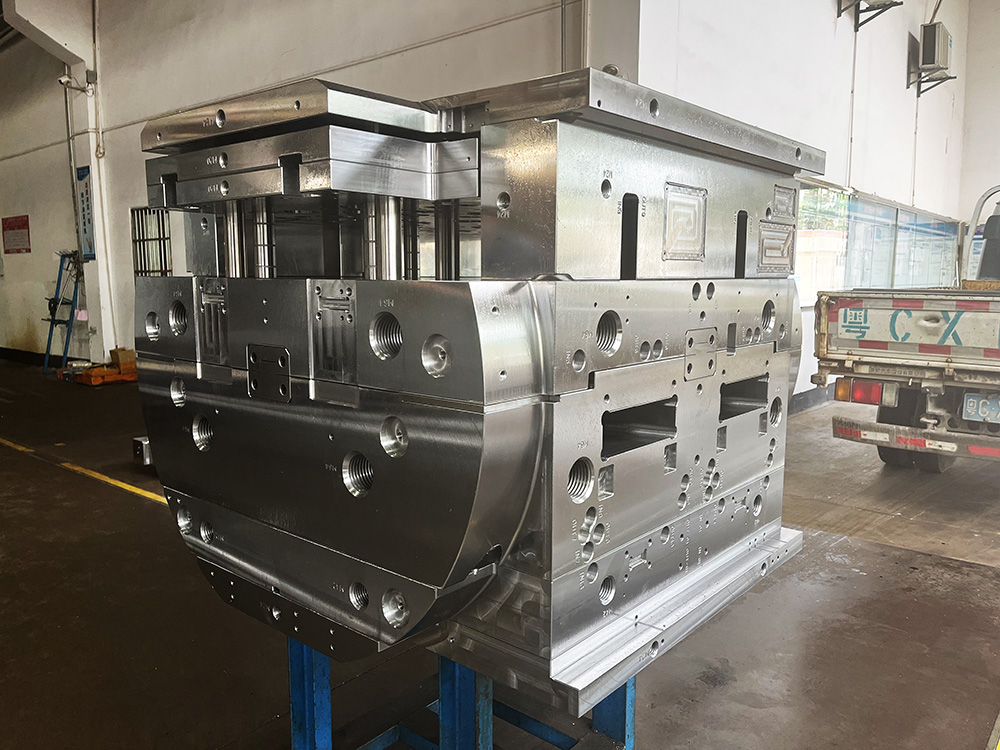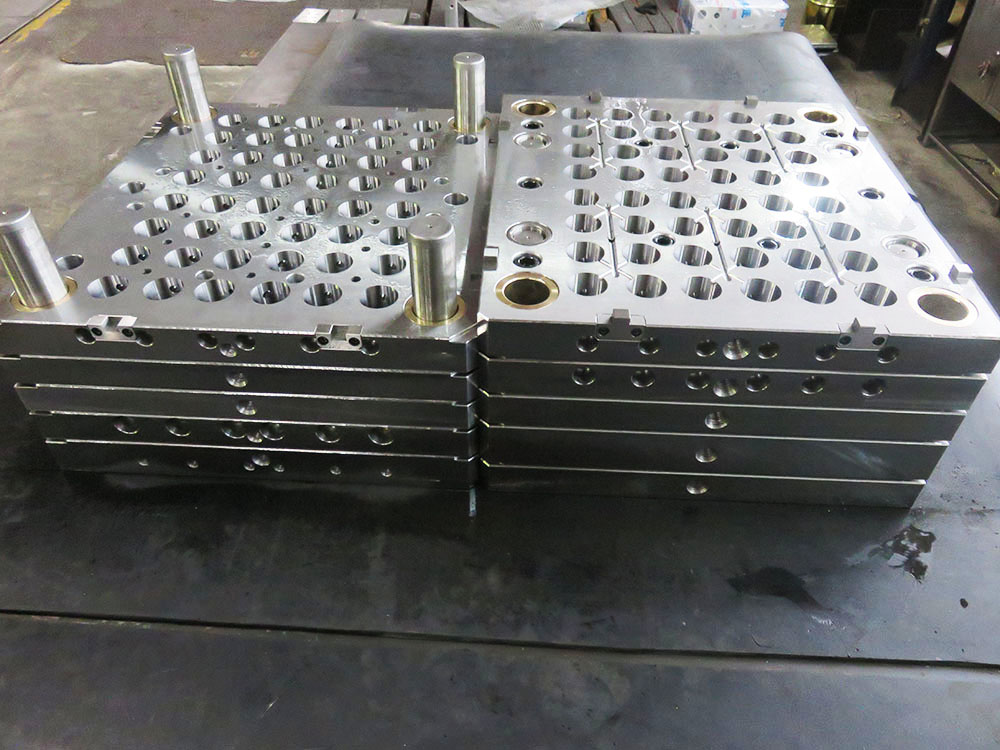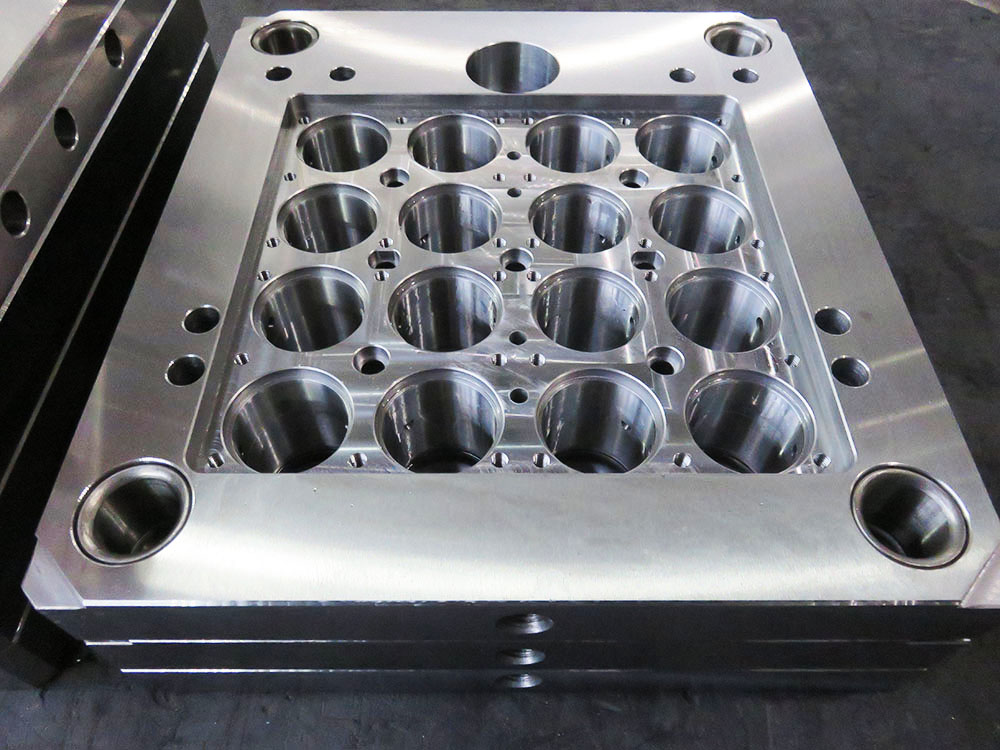Introduction
The mould base industry plays a crucial role in manufacturing various products. One important aspect of mould base production is the processing of guide column and guide sleeve holes on the mould frame. In this article, we will explore the methods used in this process, focusing on their technical aspects and practical applications.
1. Traditional Machining Methods
Traditional machining methods involve the use of conventional cutting tools and equipment to shape and create the required guide column and guide sleeve holes. These methods include:
1.1 Drilling
Drilling is a common method used to create holes of varying diameters in the mould frame. It employs a rotating drill bit that penetrates the material, resulting in a cylindrical hole. Precise measurements and alignment are crucial in this method to ensure accuracy.
1.2 Milling
Milling is another widely used method that involves rotating cutting tools to remove material from the mould frame. It allows for the creation of various hole shapes and sizes, making it suitable for guide column and guide sleeve holes of different dimensions.
1.3 Reaming
Reaming is a process that follows drilling to refine and improve the accuracy of the created holes. It utilizes reamers to remove any imperfections and to achieve a smoother and more precise hole finish.
2. Advanced Machining Methods
With advancements in technology, the mould base industry has embraced more advanced machining methods to enhance efficiency and precision. These methods include:
2.1 CNC Machining
CNC (Computer Numerical Control) machining utilizes computer-controlled machines to execute precise machining operations. It offers greater automation and accuracy compared to traditional methods, ensuring consistent and high-quality results. CNC machining is widely used in the production of mould base components, including guide column and guide sleeve holes.
2.2 EDM Machining
EDM (Electrical Discharge Machining) is a non-contact machining process that utilizes electrical discharges to shape and form the desired holes. It is particularly suitable for machining hard and intricate materials, ensuring excellent precision. EDM machining has found applications in the processing of guide column and guide sleeve holes, especially in cases where conventional methods are challenging or not feasible.
3. Factors Influencing Method Selection
When deciding on the method for processing guide column and guide sleeve holes on the mould frame, several factors should be considered:
3.1 Material Properties
The properties of the mould frame material, such as hardness and machinability, can influence the selection of the machining method. Harder materials may require more advanced methods like EDM machining, while softer materials can be processed using traditional methods.
3.2 Hole Specifications
The required dimensions, shapes, and tolerances of the guide column and guide sleeve holes play a crucial role in method selection. Methods like CNC machining and EDM machining offer higher precision and are suitable for achieving critical hole specifications.
3.3 Production Volume
The production volume of the mould base components can also impact the method selection. For large-scale production, CNC machining may be more efficient, while smaller volumes may warrant the use of traditional methods.
Conclusion
The processing of guide column and guide sleeve holes on the mould frame is a critical aspect of the mould base industry. Traditional machining methods like drilling, milling, and reaming have long been utilized. However, advanced methods like CNC machining and EDM machining have revolutionized the industry, offering enhanced efficiency and precision. The selection of the appropriate method depends on factors such as material properties, hole specifications, and production volume. By considering these factors and leveraging the advancements in machining technology, the mould base industry continues to evolve and meet the demands of various manufacturing sectors.




